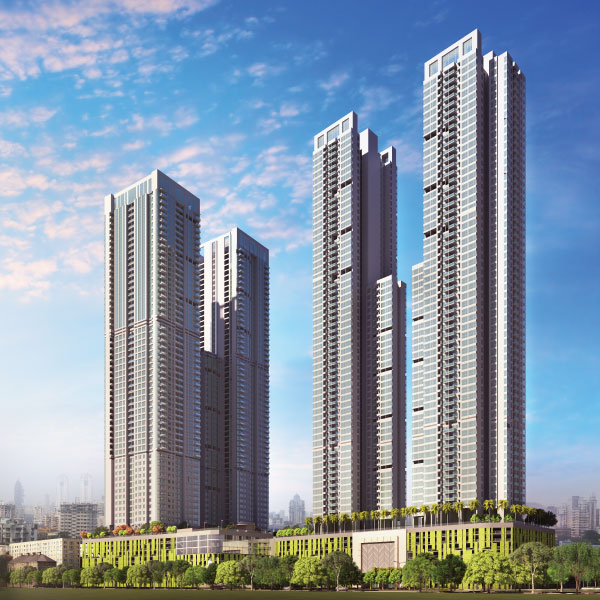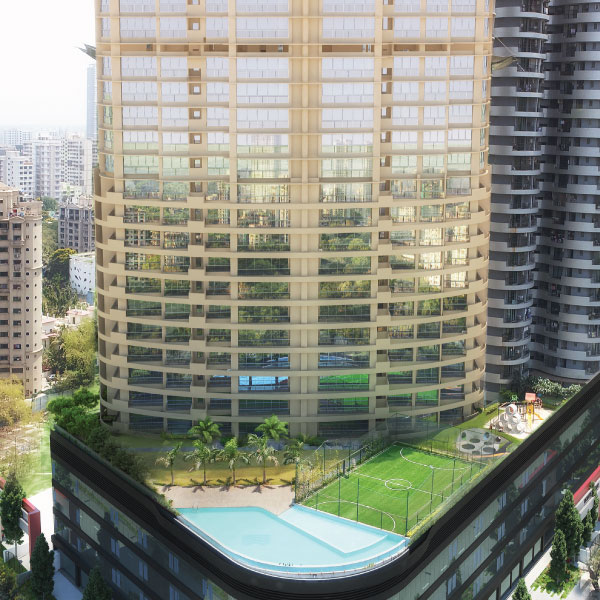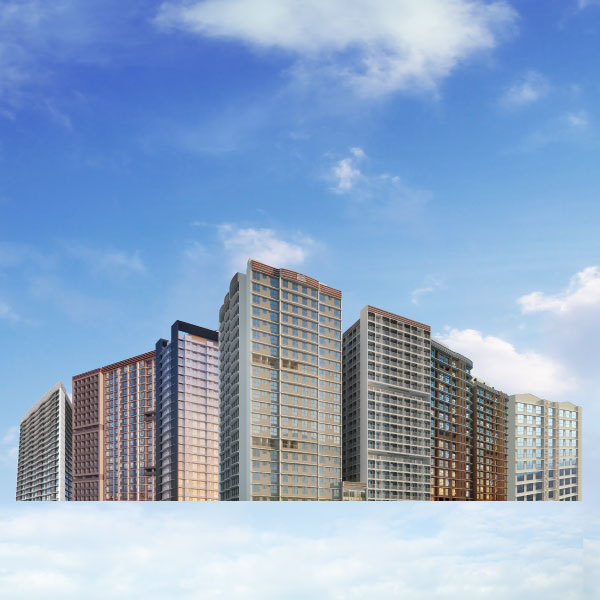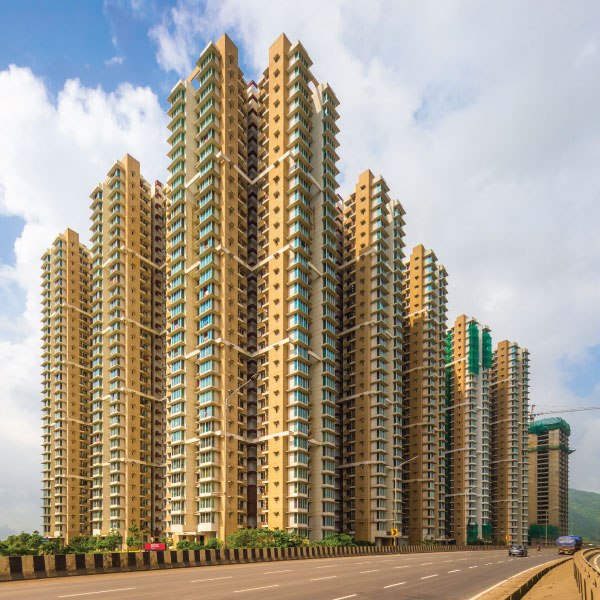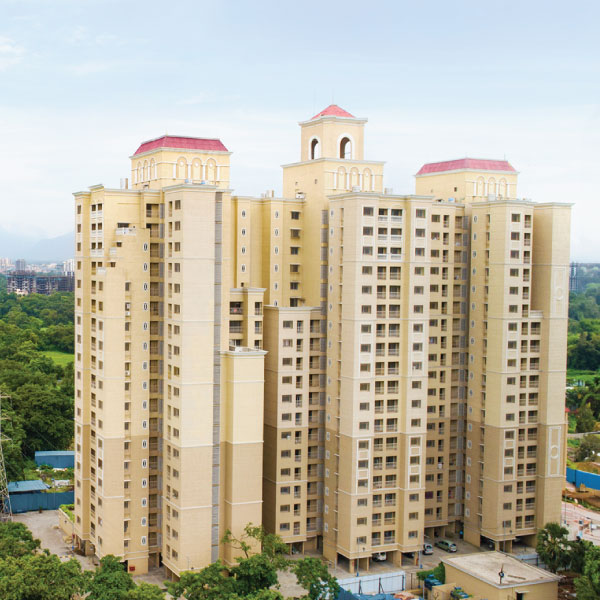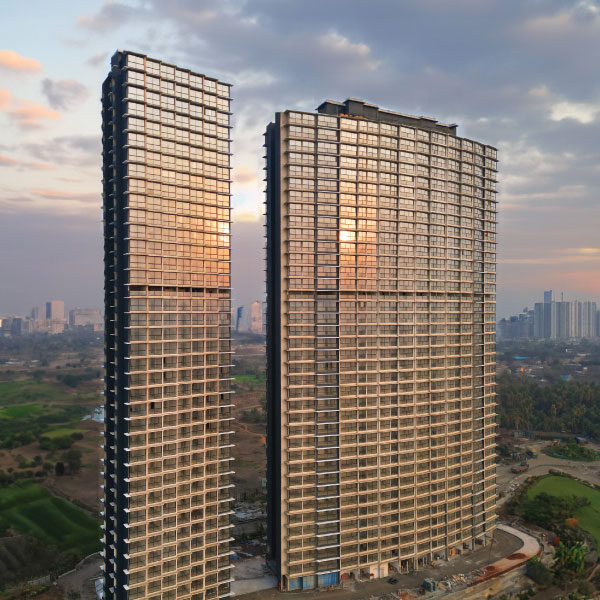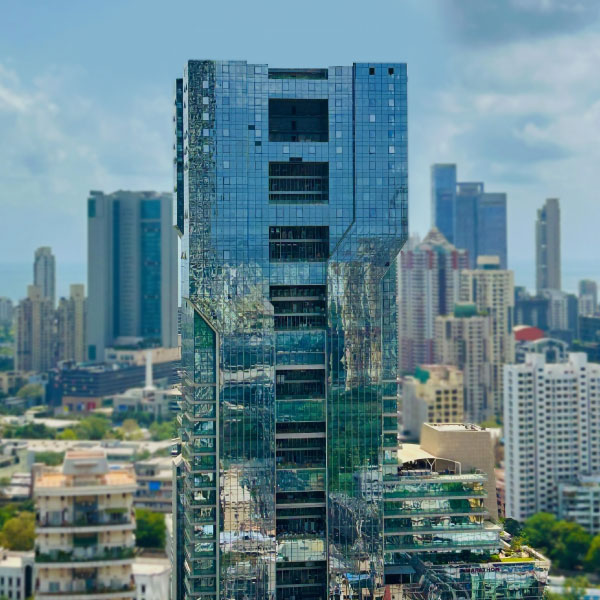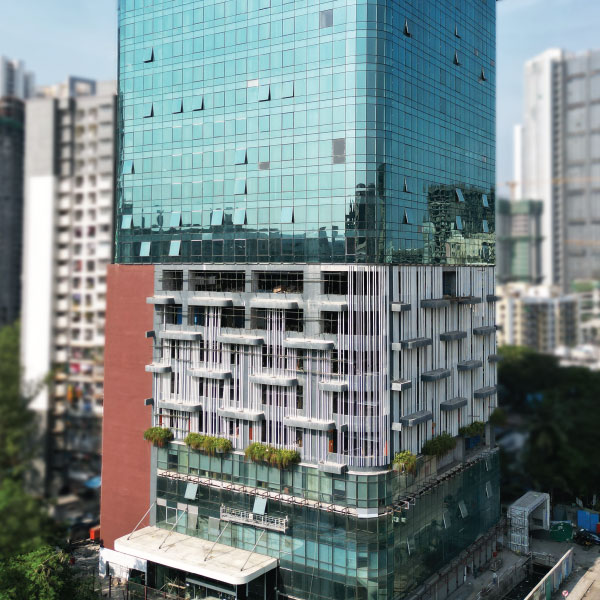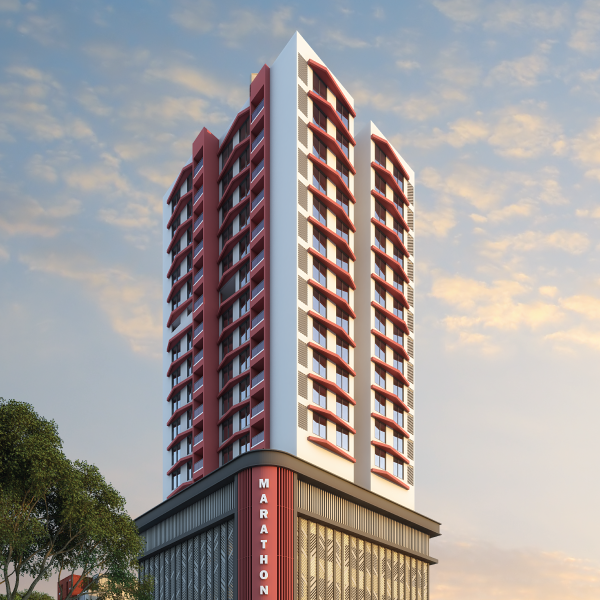All You Need to Know About Mumbai Trans Harbour Sea Link
Last Updated on, January 24th, 2024
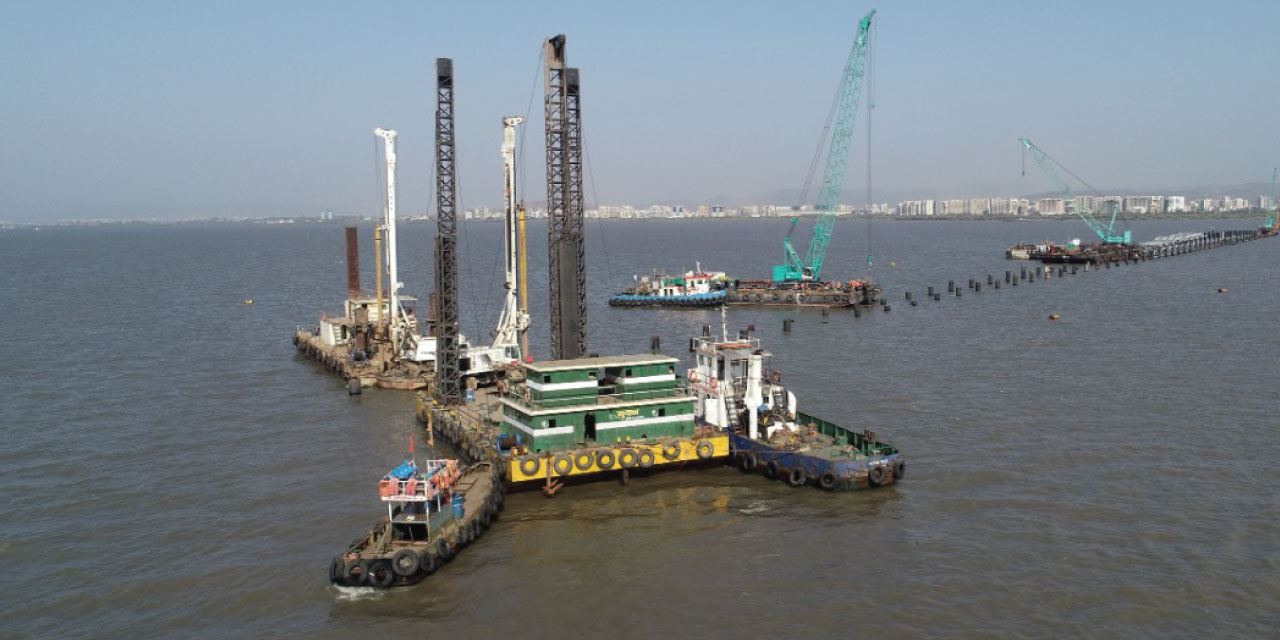
The Mumbai Trans-Harbor Sea Link ( MTHL in short) is a 21.8 Km long bridge connecting Mumbai with Navi Mumbai. After the success of the Bandra-Worli sea link, the Mumbai Trans Harbour Link (MTHL), also called Atal Setu is the longest sea bridge in India. The bridge begins at Sewri, cross Thane Creek north of Elephanta Island and terminates at Chirle village, near Nhava Sheva. It provides direct connectivity to the Nhava seaport, the Mumbai – Pune Expressway and the Mumbai – Goa Highway.
The total cost of MTHL is 17,843 crores. This engineering marvel has revolutionized the daily commute between Mumbai and Navi Mumbai.
Gateway to Navi Mumbai
There are only two ways to get to mainland Mumbai from Navi Mumbai. One is the Airoli bridge if you are coming from the upper nodes of Navi Mumbai like Airoli, Ghansoli, Kopar Khairane etc & travelling towards the central line. And the other is the Old Vashi Bridge which connects Vashi to Mankhurd – this connects all the way up to CST through the eastern freeway. With the rising property prices in the mainland & upcoming opportunities in Navi Mumbai, many people have been migrating to that part of the city. Meaning more people commuting to & fro. This has lead to an increase in traffic & a lot of congestion on the road. And a third bridge connecting Mumbai to its satellite city was the need of the hour.
Impact of MTHL on Real Estate
MTHL is strategically located near Panvel. It is a major boost in connectivity to areas of Navi Mumbai and South Mumbai as it reduces the travel time from 2.5 hours to 30 minutes. In he coming days, MTHL will bring a paradigm shift to the real estate of Mumbai and Navi Mumbai. It will boost the demand for property in micro-markets of Panvel, Ulwe, and other neighbouring areas.
The entire ecosystem of medical, educational and leisure facilities, which will develop as a result of MTHL, may well be the biggest chunk of affordable housing in Mumbai’s periphery. The demand for 1 and 2 bhk flats in Panvel and adjoining areas will now increase as the MTHL is operational.
Projects that are in proximity to MTHL, like Nexzone, maybe the most preferred ones. Marathon Nexzone is the finest township at Panvel offering affordable and ultra-luxurious flats with valley views. It has 1, 2, and 2.5 BHK homes with open spaces and recreational amenities like a swimming pool, clubhouse, gymnasium, and jogging track. Guess what? It is just 20 minutes away from the Mumbai Trans Harbour sea link.
A price appreciation of 10-30% is likely to happen anytime soon as the MTHL is operational.
It is not just the housing that will gain. The improved connectivity will also create a demand for commercial office spaces in locations like Panvel.
MTHL – How it Began?
The MTHL was first proposed in 1963. It was then called the Uran Bridge, but it never really went through at that point. The first real attempt at the bridge was made in 2006 when IL&FS submitted a proposal to make the bridge in a Build Own Operate Transfer (BOOT) model. However, this was also sidelined. There were several other attempts which fell through the cracks as well. Finally in 2017, Maharashtra Govt decided that MTHL will be built by MMRDA via EPC (Engineering – Procurement – Construction) model with official development loan assistance from JICA (Japan International Cooperation Agency).
The first real attempt at the bridge was made in 2006 when IL&FS submitted a proposal to make the bridge in a Build Own Operate Transfer (BOOT) model.
This ambitious project is to be built in four packages
Package 1 – Bridge spanning across Thane Creek and Sewri Interchange – 10.38km
Package 2 – Bridge portion across Thane Creek and the Shivaji Nagar interchange – 7.8km
Package 3 – Viaducts and interchanges that connect MTHL with State Highways 52 and 54 and National Highway 4B at Chirle – 6.3km
Package 4 – Intelligent Transport Systems (includes Toll and Transport Management System) and equipment installation for the project.
MTHL had secured all the required environmental clearances by 2016 (including the ones from Maharashtra Coastal Zone Management Authority MCZMA and the Forest Advisory Committee FAC) and Prime Minister, Mr Narendra Modi laid the foundation stone for the project on 24 December 2016.
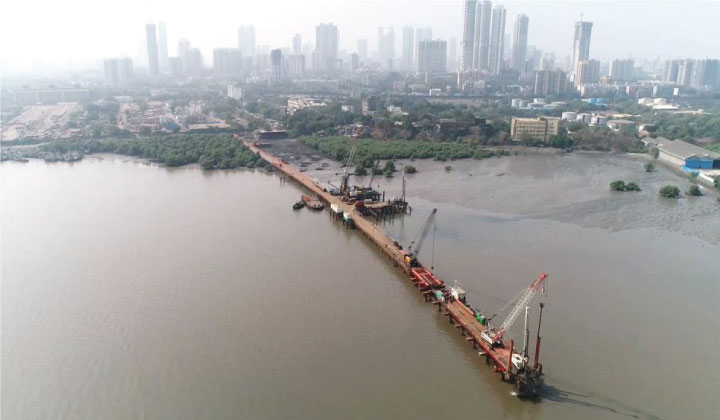
MTHL – Current Status
MMRDA invited bids for the 3 packages & after an evaluation period of 6 months, the contracts were handed out. In early Nov 2017, the MMRDA awarded contracts to a consortium of Larsen and Toubro (L&T) and Japan’s IHI Corporation, a consortium of Daewoo and Tata Projects Limited (TPL), and L&T to construct the first three packages respectively.
Land Acquisition for the project happened quickly with over 60% of the 130 hectare land needed coming from CIDCO directly. Construction for Phase 1 & 2 began in 2018. Majo construction work of the bridge was completed in 2023.
PM Modi inaugurated the MTHL on 12th January 2024. It is now operational, and over 70,000 vehicles can use the bridge daily.
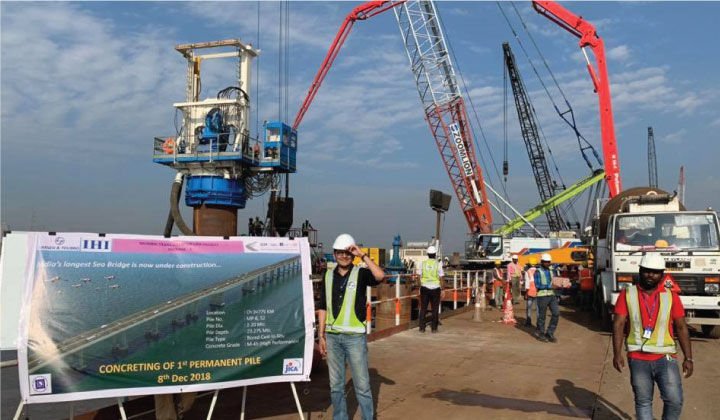
Importance of MTHL for Mumbai & Navi Mumbai
Mumbai is a city that is densely populated. Hence, congestion and overcrowding in local trains and public transport is common. This bridge will go a long way in reducing the traffic on the other entry nodes of Mumbai & improve overall connectivity in a big way. With the Navi Mumbai airport coming up in Panvel, MTHL provides easy connectivity from the mainland to the new airport. And for all the people travelling from Navi Mumbai to Mumbai everyday for work, this will save them a considerable amount of commute time.
Despite the challenging terrain of Mumbai, it is fairly well-developed. Only Navi Mumbai was due for development, it has undergone partial development. Hence, there were only 2 road connectivity options from Mumbai to Navi Mumbai. MTHL proves to be invaluable in providing fast connectivity and will bridge this gap. With better connectivity between Navi Mumbai and Mumbai, MTHL will efficiently promote urban and industrial development.
Other Key Benefits of MTHL
- MTHL provides good connectivity between MbPT and JNPT ports
- It will connect Mumbai and Navi Mumbai to both Pune and South Indian expressway
- It will also augment the economic growth of the regions like Goa, Alibaugh and Panvel, and Third Mumbai.
- MTHL is a few kilometres away from the upcoming Navi Mumbai International Airport. It will provide faster connectivity to the airport from any part of the city.
Bottom Line
MTHL will not just improve economic growth, but it will drive the future success story of affordable housing. It will help the home seekers in Mumbai and Navi Mumbai to fulfil their dream of buying a home.
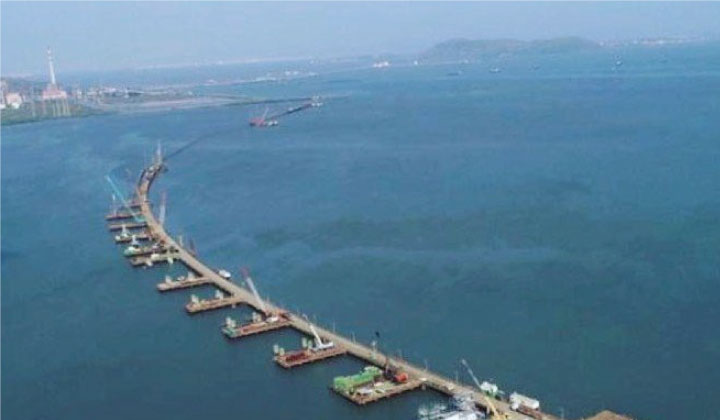
In the news
https://www.freepressjournal.in/mumbai/27-of-mumbai-trans-harbour-link-project-completed
https://indianexpress.com/article/cities/mumbai/mthl-set-to-be-completed-ahead-of-deadline-5987356/
https://mmrda.maharashtra.gov.in/mthl
https://www.mid-day.com/articles/mmrdas-20-year-mthl-dream-to-be-reality-soon/17641157


